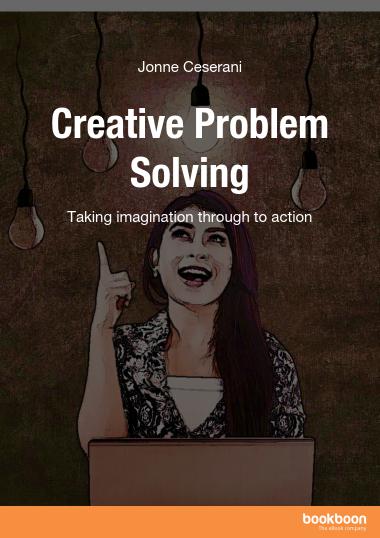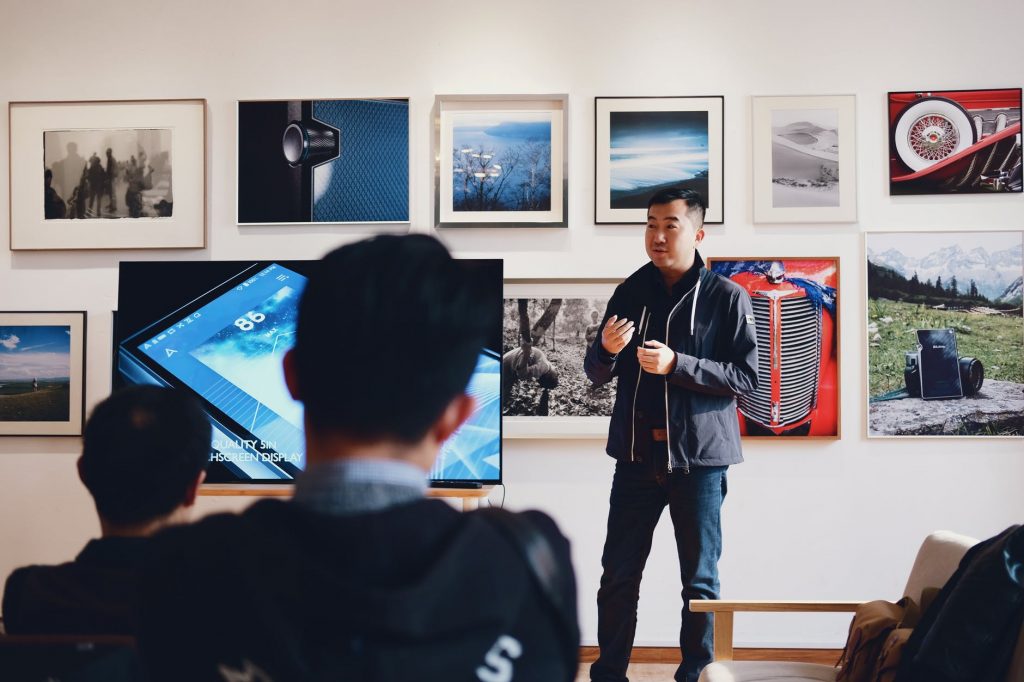10 rules for releasing creativity in meetings

Paradoxically creativity and innovation flourish when robust rules, processes and behaviours are part of the culture of an organisation.
Everyone has sat in a frustrating meeting where tempers get frayed as people tire, even coming to blows on occasions. They need to be the right rules of course, like everything else in life. If the correct tool is applied properly, and flexibly, by someone who has taken the time to craft and hone their skill, great results are possible.
The following guides to behaviour are designed to create open, high trust, supportive meeting climates that foster and invite creativity and innovation. What you will discover is that these same rules can equally apply to any meeting.
You can halve the time your meetings take and double the output! Put a figure on that and decide how worthwhile that will be.
1. Listen to your inner voice
Our minds work far faster than our mouths, 10 fold. Whenever someone is speaking in a meeting your mind will be racing over the words you hear. Some of this happens in your conscious mind as you analyse and make sense of what you hear, and some in your sub-conscious mind that plays games and makes connections. This inner voice is how you have ideas.
Everyone has experienced going for a walk, lying in the bath, waking at night and having a new ideas or remembering something that you had forgotten. The process is the same, letting your mind drift and allowing connections to form.
Paying attention is what you learned at school and has a value to promote understanding.
Not paying attention is your natural skill and where your ideas are incubated. Legitimise and encourage not paying attention in meetings.
2. Speak in headlines
Many of us speak with great redundancy, waffle to give it a professional term. Following from rule one everyone has a limited attention span, whether they admit it or not. Most of what people say is never heard which is why, if you attend a presentation skills programme you will be told, ‘say what you plan to say, say it, tell people what you said’. They might hear one of the utterances.
Say what you want to say in one sentence and as it is the first thing you say it is more likely to be heard. Continue with some background about what you are thinking, the same structure as a newspaper article. This approach is more likely to get attention, more likely to be heard and encourages the wafflers to get their thoughts organised rather than waste everyone else’s time.
This punchy headline structure followed by a brief description of background thoughts also provides great stimulus to the inner voice so more ideas tend to come to the fore.
3. Speak for yourself
Speaking for yourself and allowing others to have their own opinions and ideas celebrates and respects diversity, the root of all creativity. There is nothing more irritating than having someone say, ‘well we all think this…’ State your view and offer the opportunity for others to agree or state an alternative view.
4. Share the air time
Take a 60 minute meeting with 6 people and you have 10 minutes to talk and 50 minutes to listen. Imagine a 60 minute meeting with 60 people and you have 1 minute to talk and 59 to listen.
Think about how long a meeting has to be and how many people can sensibly be invited if you actually want people to participate. Very few people are happy to just sit and listen, and you certainly will not get ideas from a silent majority.
Size the meeting and plan the process so that everyone gets a chance to participate fully.
5. Say what is behind questions
Questions, questions, questions, aaahh!! The thing about questions is that people only ask them because they have thought of something. Often they have an idea and in creative meetings ideas are needed. However, often the idea is never heard because the answer suggests it may be foolish. Better just to hear the raw idea as the early strange ideas in response to someone’s first thoughts are often the beginning of a new way to think about an issue that leads to a practical solution, eventually.
Sometimes people use questions to play games, making others look foolish. If you challenge any question by asking the questioner to state the purpose of the question first many questions will never get asked. Higher trust meetings will result.
6. Assume positive intent
You may have sat in a meeting where someone criticises another’s idea or opinion and that person goes quiet, until the critic speaks and then they get them back! A revenge cycle ensues where the pair take it in turns to rubbish one another’s views. These can go on for years, a great alternative to work but often highly destructive and reducers of trust.
Most people, when offering an opinion are trying to help; it is just that the way they do it sometimes makes it hard to recognise this.
Get into the habit of hearing apparent criticism with a positive framing and find a way to respond positively. Mostly this will generate a better outcome building trust. For those that are playing games, if you consistently take a positive frame, then the game no longer works.
7. Stay open to imagination
All innovation begins with someone imaging a possibility that at the time it arise would either get you fired or burned at the stake in earlier times. Be specific in the imagining part of the meeting and do not allow people to criticise the imagination.
Dreams are not for analysis and criticism, they are for opening up new pathways of speculation so that the mind can make new connections and create new ideas.
8. State concerns positively
All new thinking is easy to criticise and new ideas are easily destroyed. Better to always begin by inviting people to acknowledge the potential positive aspects of any idea first so that people recognise the value that might accrue.
A good way to express this is headlines with language formats like:
‘How to ……’
‘I wish……..’
‘I need a way……’
This is a positive framing of what might be experienced as negative criticism. It means legitimate concerns are acknowledged in a way that encourages idea to overcome the concern, and avoids revenge cycles.
9. Develop rigour only as necessary
New intentions often never get implemented because people insist on dotting all the ‘T’s’ and crossing the ‘I’s’ before proceeding. All great invention is preceded by a period of experimentation. The point of an experiment is just to try things and see what you learn.
Many of the blockers to experiments consist of ‘imagined’ problems or issues that may never arise. You will only know by doing, never by ‘not doing’.
Keep a sensible perspective on the level of rigour you apply to early thinking until you know what really matters.
10. Enjoy yourself
John Cleese said that people confuse ‘solemn’ and ‘serious’ in the context of creativity. Solemn people tend not to think so freely and imaginatively, often the most creative moment is when someone is laughing out loud.
Encourage people to have fun in creative meetings, you are more likely to solve important and serious problems by relaxing your mind when you try and find a new way to think about the issue.
About the author: Jonne Ceserani is a business innovation facilitator with over 30 years of experience helping organisations integrate creativity, innovation, project management & leadership in order to develop high performance and sustainable new ways of working. Download his eBook “Creating Problem Solving” on bookboon.com.




